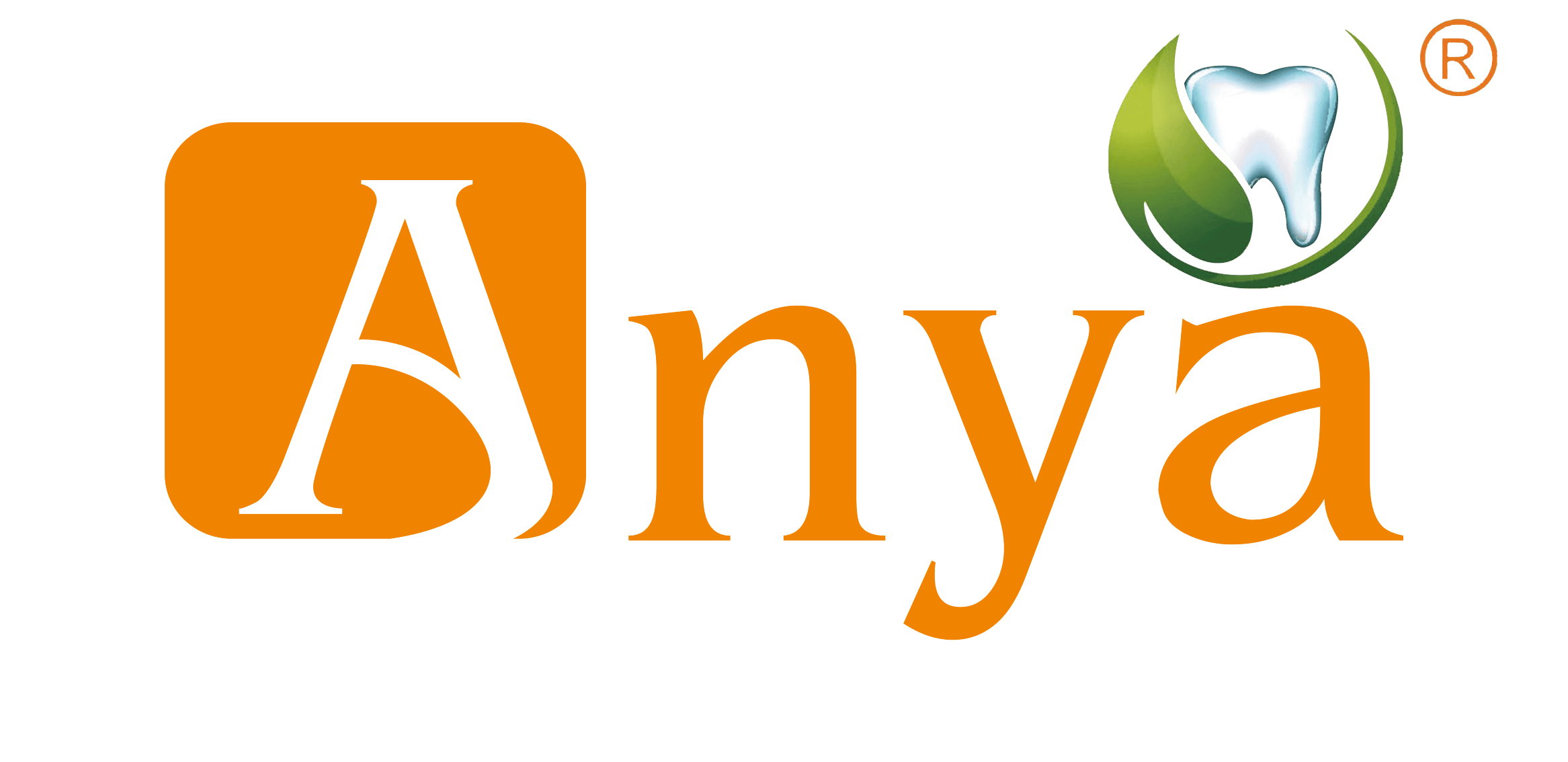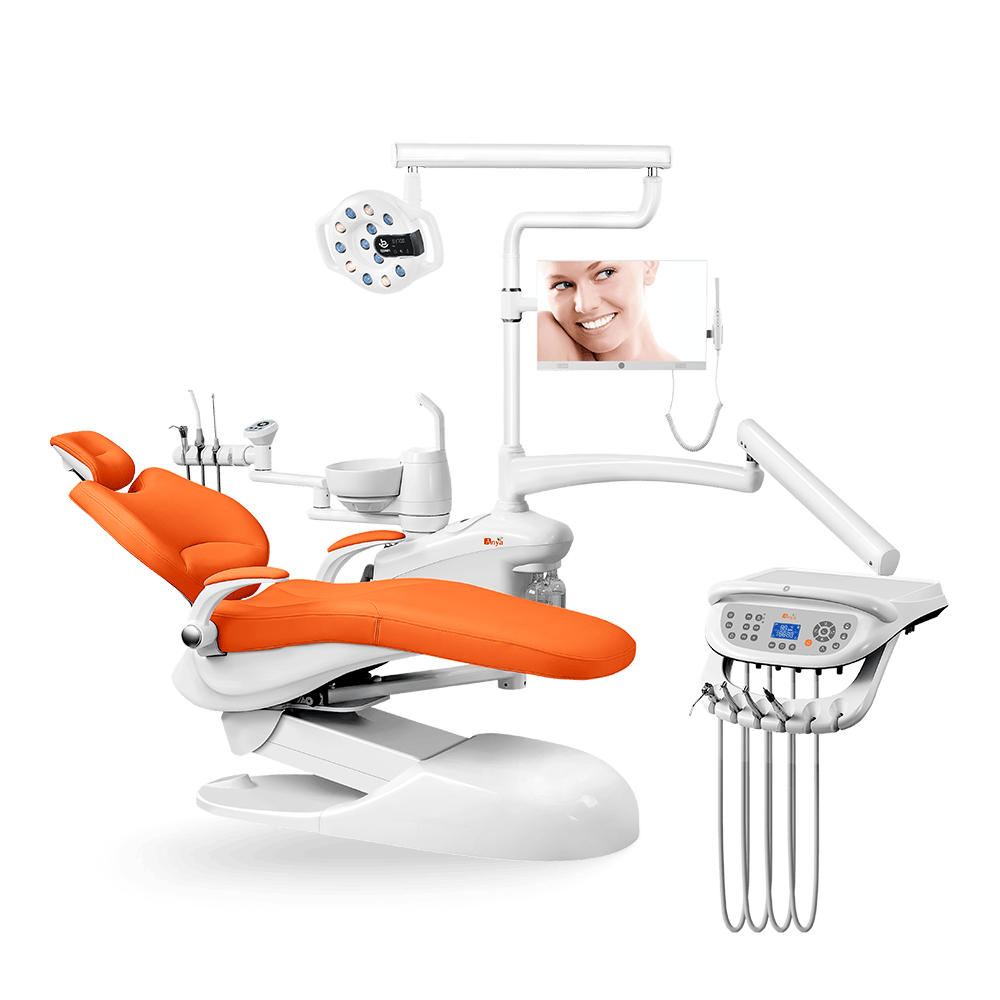In today’s dental healthcare environment, infection control has transcended basic regulatory compliance to become a cornerstone of practice excellence and patient safety. According to the American Dental Association’s 2025 Risk Report, approximately 87% of dental malpractice litigation stems from inadequate infection control protocols. This alarming statistic is complemented by the CDC’s 2025 Patient Safety Survey which reveals that 94% of patients now prioritize dental clinics that demonstrably implement advanced hygiene measures.
For modern dental practices, selecting infection-resistant chairs represents a strategic imperative that addresses multiple operational dimensions:
- Risk mitigation through prevented healthcare-associated infections
- Operational efficiency via streamlined cleaning protocols
- Practice reputation enhancement through visible safety measures
- Regulatory compliance with increasingly stringent standards
En Foshan Anya Medical Equipment Co., Ltd., a global leader in dental chair innovation since 2007, has demonstrated through its extensive research and development, the integration of proper infection control features into dental chair design fundamentally transforms clinical outcomes.
Regulatory Landscape: 2025 Compliance Standards
Updated Material Requirements
The 2025 regulatory framework for dental equipment has established unprecedented requirements for infection control capabilities. Current standards mandate that all chair surfaces must:
- Resiste ≥10.000 ciclos of hospital-grade disinfectants without degradation
- Mantener ≤0.3% porosidad to prevent biofilm formation, verified via ASTM F1671 viral penetration testing
- Incorpore Materiales antimicrobianos registrados por la EPA in high-touch zones
Non-compliance carries significant consequences, including potential OSHA fines exceeding $50,000 and malpractice insurance premium increases of approximately 25%. Conversely, clinics using compliant chairs like the AY-A4800 Silla Implant-Ready report 18% faster patient turnover due to streamlined infection control processes.
International Certification Requirements
The global harmonization of dental equipment standards in 2025 has created a unified approach to infection control certification:
| Regulatory Body | Certification Standard | Key Infection Control Requirement |
|---|---|---|
| ISO | 13485:2025 | Quality management systems for medical devices |
| UE | MDR Article 117 | Enhanced pathogen resistance requirements |
| FDA | 510(k) | Demonstrated equivalence to predicate devices with biocompatibility testing |
| ANSI/ADA | Specification No. 44 | Material safety standards for dental equipment |
Multi-certified chairs like the AY-A8000, which holds nine global certifications including Japan’s PMDA and Saudi Arabia’s SFDA, provide dental practices with comprehensive compliance assurance across jurisdictions.
Material Innovations for Infection Resistance
Advanced Antimicrobial Surface Technologies
The evolution of dental chair materials represents a significant advancement in infection control capabilities. According to the Journal of Hospital Infection, the 2025 dental landscape demands Control de patógenos 24/7, not just periodic cleaning.
Modern antimicrobial technologies in dental chairs include:
- Nano-Liposome Coating: Provides 99.98% pathogen elimination in just 15 minutes through a triple-layer defense system
- Copper-Nickel Alloys: C71500 copper-nickel alloy eliminates 99.9% of Staphylococcus aureus within 90 minutes—300% faster than traditional stainless steel
- Seamless Upholstery: La AY-A1000’s ergonomic seamless interior minimizes crevices where contaminants could accumulate
Material Performance Comparisons
Different upholstery materials require specific care approaches and offer varying levels of protection:
| Upholstery Type | Recommended Cleaners | What to Avoid | Expected Lifespan with Proper Care |
|---|---|---|---|
| Vinilo estándar | pH-neutral cleaners, isopropyl alcohol wipes | Bleach, abrasives, alcohol >70% | 2.7-4.5 years |
| Piel sintética | Manufacturer-approved wipes, enzymatic cleaners | Oil-based products, acetone | 5-7 years |
| Materiales nanorrevestidos | pH-balanced antimicrobial solutions | Alcohol-based products, quaternary ammonium compounds | 7-10+ years |
Source: 2025 Journal of Dental Materials Study
Key Design Features for Minimizing Cross-Contamination

Touchless Technology Integration
Modern dental chairs incorporate features specifically designed to minimize contact points and prevent cross-infection:
- Intelligent touchless controls in the AY-A8000 allow adjustments without physical contact, significantly reducing cross-contamination risk during procedures
- Inductive light controls enable adjustment of illumination without touching potentially contaminated surfaces
- Sensor-activated functions reduce the need for contact with high-touch components, a feature prominently highlighted in the Nebula-L8 LED lighting system
Investigación de la American Journal of Infection Control confirms that touchless technology can reduce bacterial transmission by up to 87% in healthcare settings.
Modular Components for Thorough Cleaning
Strategic design elements significantly enhance infection control effectiveness:
- Escupideras de cerámica desmontables that rotate 90 degrees for complete accessibility and thorough cleaning, as featured in the AY-A1000 dental chair
- Removable handles that can be sterilized between patients, a standard feature in Anya’s Nebula series lights
- Enclosed components that prevent fluid infiltration and simplify disinfection, demonstrated in the fully enclosed design of the AY-A1000
Intelligent Disinfection Systems
The latest dental chairs feature integrated disinfection technologies:
- One-step intelligent disinfection systems that streamline cleaning workflows, as seen in the AY-A8000 with its ILLAFE Intelligent Disinfection System
- UV-C light (270nm) achieving 99.99% pathogen reduction in 90 seconds
- Nano-silver ion emitters providing continuous disinfection in water and air pathways
En AY-A2000 chair exemplifies accessible infection control with its Quick-Steri Mode that provides a 90-second UV disinfection cycle between patients.
Three-Phase Dental Chair Disinfection Protocol
1. Surface Disinfection Protocol
High-contact surfaces require systematic treatment using hospital-grade EPA-registered disinfectants through a proven methodology:
- Pre-cleaning preparation: Remove visible debris before applying disinfectants to ensure effective pathogen elimination
- Appropriate disinfectant selection: Choose products compatible with specific chair materials to prevent degradation
- Spray-wipe-spray technique: Apply disinfectant, wipe surfaces, then reapply for required dwell time
- 3-10 minute contact period: Allow sufficient time for complete microbial elimination
For dental chairs with touchless control systems like the AY-A1000, special attention to these interfaces prevents cross-infection while maintaining operational integrity.
2. Waterline and Suction System Maintenance
Dental unit waterlines require specific decontamination procedures to prevent biofilm formation:
- After each patient: Draw clear water through each valve while opening and closing several times
- Built-in flush cycles: Activate automated systems to remove biofilm in suction lines and water jets
- Scheduled descaling programs: Implement regular treatments to prevent Legionella and Pseudomonas colonization
En AY-A1000’s medical-grade durable corrosion-resistant water pipes are specifically designed to withstand these rigorous cleaning protocols while maintaining structural integrity.
3. Upholstery Maintenance
According to the 2024 Journal of Dental Materials Study, clinics using subpar materials face a 73% higher risk of cross-contamination and $1,100+ in annual replacement costs. Advanced upholstery care includes:
- Material-appropriate cleaners: Use pH-neutral products like Contec ProClean to prevent chemical degradation
- Enzymatic pre-treatment: Apply specialized cleaners for protein-based contaminants
- Alcohol-based sanitization: Follow with approved disinfectants containing 70-90% isopropyl or ethyl alcohol
- Weekly deep cleaning: Apply steam treatment at 158°F (70°C) to eliminate 99.8% of pathogens
En AY-A1000’s ergonomic seamless interior design with optional fine fiber leather minimizes seams and crevices where contaminants could collect, significantly enhancing infection control efficacy.
Advanced Technologies Transforming Infection Control
AI-Driven Risk Prediction
En Silla inteligente AY-A8000 integrates advanced machine learning algorithms that analyze:
- Recuento de partículas de aerosol en tiempo real (0,3-10μm)
- Datos de temperatura y humedad de la superficie
- Índices históricos de cumplimiento de la desinfección
When the system detects elevated probabilities of pathogen proliferation, it triggers preemptive disinfection cycles, which dental practices report leads to significant reductions in both staff sick days and post-procedure patient infections.
Hybrid Disinfection Technology
Modern chairs employ complementary technologies that work together for superior infection control:
| Tecnología | Reducción de patógenos | Coste energético/hora | Ciclo de mantenimiento |
|---|---|---|---|
| UV-C (autónomo) | 99,9% en 5 minutos | $0.18 | Sustitución de la bombilla cada 6 meses |
| Revestimiento de nanoplata | 95% en 2 horas | $0.03 | Reaplicación cada 3 años |
| Sistema híbrido (Anya) | 99,99% en 90 segundos | $0.12 | Alertas AI de autocontrol |
Source: 2025 Journal of Hospital Infection
Anya’s hybrid system activates automatically between patients, projecting UV-C light across all surfaces while releasing nano-silver ions into airflow ducts. Clinical trials at Johns Hopkins Hospital showed this dual approach reduces Legionella pneumophila in waterlines by 99.7%, addressing the CDC’s #1 concern for 2025 dental water safety.
Cost-Benefit Analysis: The Financial Case for Advanced Infection Control
Direct Financial Impact
The economic argument for investing in advanced infection control is compelling:
- Avoided penalties: $50,000+ in potential OSHA fines and 25% higher malpractice insurance premiums
- Litigation prevention: Substantial savings on potential HAI-related lawsuit settlements
- Patient retention: Significant patient loss typically occurs after contamination incidents
- Staff health savings: Reduction in staff sick days with advanced systems
Long-Term ROI
The long-term return on investment for premium infection control features is substantial:
- $58.000 de ahorro medio en 10 años via modular upgrades in chairs like the AY-A8000
- 97% puntuaciones de satisfacción de los pacientes para medidas de seguridad visibles
- Time savings in disinfecting labor for staff with automated systems
Clinical Validation and Comparative Effectiveness
Recent clinical trials demonstrate the significant advantages of advanced infection control designs. A comparison between Anya’s A4800 Series and a competitor model demonstrates measurable differences in performance metrics:
| Métrica de rendimiento | Serie Anya A4800 | Competitor Model | Mejora |
|---|---|---|---|
| Contaminación superficial | 0,7 UFC/cm². | 2,9 UFC/cm². | Limpiador 76% |
| Incidentes de exposición del personal | 3 por cada 100 procedimientos | 12 por 100 | 75% Más seguro |
| Satisfacción de los pacientes | 98.2% | 89.5% | +8,7 puntos |
These results validate the real-world effectiveness of advanced infection control features in Anya dental chairs.
Implementation Best Practices for Dental Clinics
Documentation Systems
Maintaining comprehensive records is crucial for both compliance and effective infection control:
- Registros digitales: Utilize Anya’s Cloud Compliance Tracker to automatically record disinfection cycles, component replacements, and water quality tests
- Kits de auditoría: Store physical copies of ISO certification documents and CE Declarations of Conformity
- Staff Training Records: Document all infection control training to demonstrate due diligence
En ANSI/ADA Standard 109.4 mandates biweekly pressure testing and ultrasonic filter cleaning every 200 operational hours. These rigorous standards reflect the heightened focus on infection prevention in contemporary dentistry.
Staff Training Protocols
Effective infection control depends on consistent implementation by all team members:
- Regular updates: Schedule quarterly training on latest infection control guidelines
- Competency verification: Test staff knowledge and technique regularly
- Visual reminders: Post simplified protocols near each dental chair
Según la Centros para el Control y la Prevención de Enfermedades, proper staff training is one of the most effective interventions for preventing healthcare-associated infections in dental settings.
Future Directions in Dental Chair Infection Control
The future of infection control in dental chairs points toward even more sophisticated technologies:
- Self-sterilizing surfaces: Materials that actively eliminate pathogens without external intervention
- IoT integration: Real-time monitoring and reporting of infection control metrics through systems like those previewed in Anya’s dental chair fixes
- Advanced nanotechnology: Next-generation antimicrobial coatings with enhanced durability and efficacy, building on current developments in antimicrobial coatings
As the ADA warns, “Clinics clinging to pre-2020 equipment risk obsolescence.” The question for modern dental practices isn’t whether to upgrade but how quickly to implement these advanced infection control technologies.
Conclusion: Strategic Implementation for Practice Success
Infection control in modern dental chairs represents not just a regulatory requirement but a fundamental component of practice success and patient safety. By implementing comprehensive infection control strategies centered around advanced dental chair technology, practices can significantly reduce risks, enhance operational efficiency, and build patient trust.
From the seamless upholstery of the AY-A1000 to the AI-driven disinfection systems of the AY-A8000, today’s advanced dental chairs offer unprecedented protection against healthcare-associated infections. For dental practices seeking to excel in today’s highly competitive and increasingly hygiene-conscious market, investing in state-of-the-art infection control through advanced dental chairs is essential for sustainable success.
The 2025 infection control revolution isn’t about fear—it’s about strategic empowerment. With technologies like Taiwan Timotion motors ensuring smooth, maintenance-free positioning and Italian ODE solenoid valves preventing biofilm accumulation in waterlines, Anya Medical’s dental chairs exemplify the synergistic integration of materials science and clinical ergonomics required for modern infection control.
For more information on implementing these advanced infection control strategies in your practice, explore Sillones dentales resistentes a infecciones de Anya Medical o acceder a su completo Guía de cumplimiento de la norma ISO 15225.




